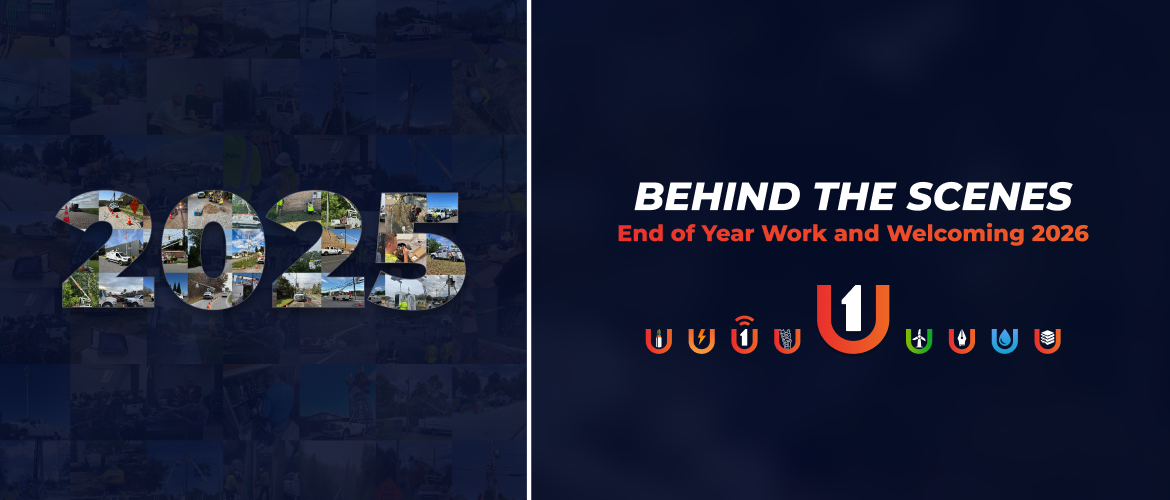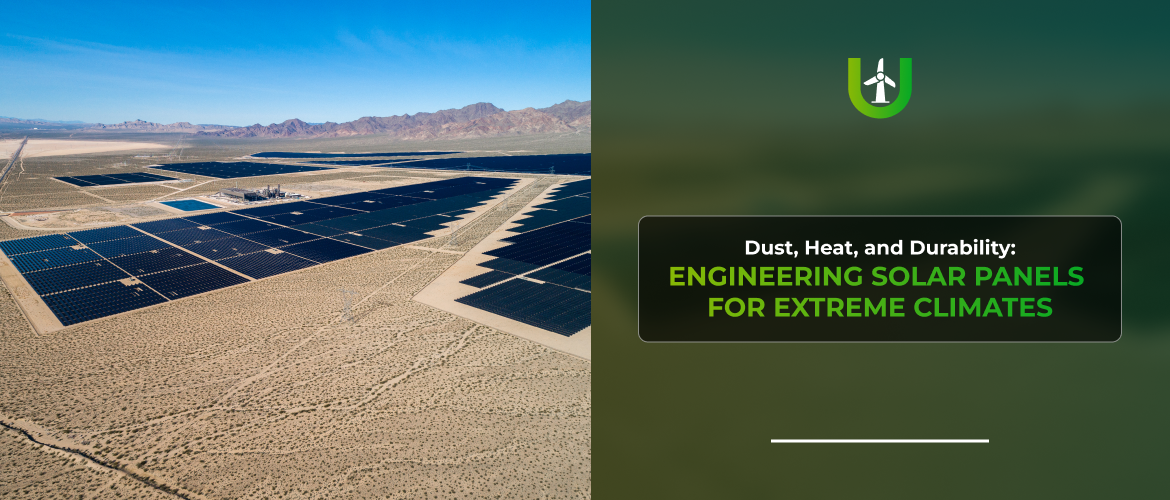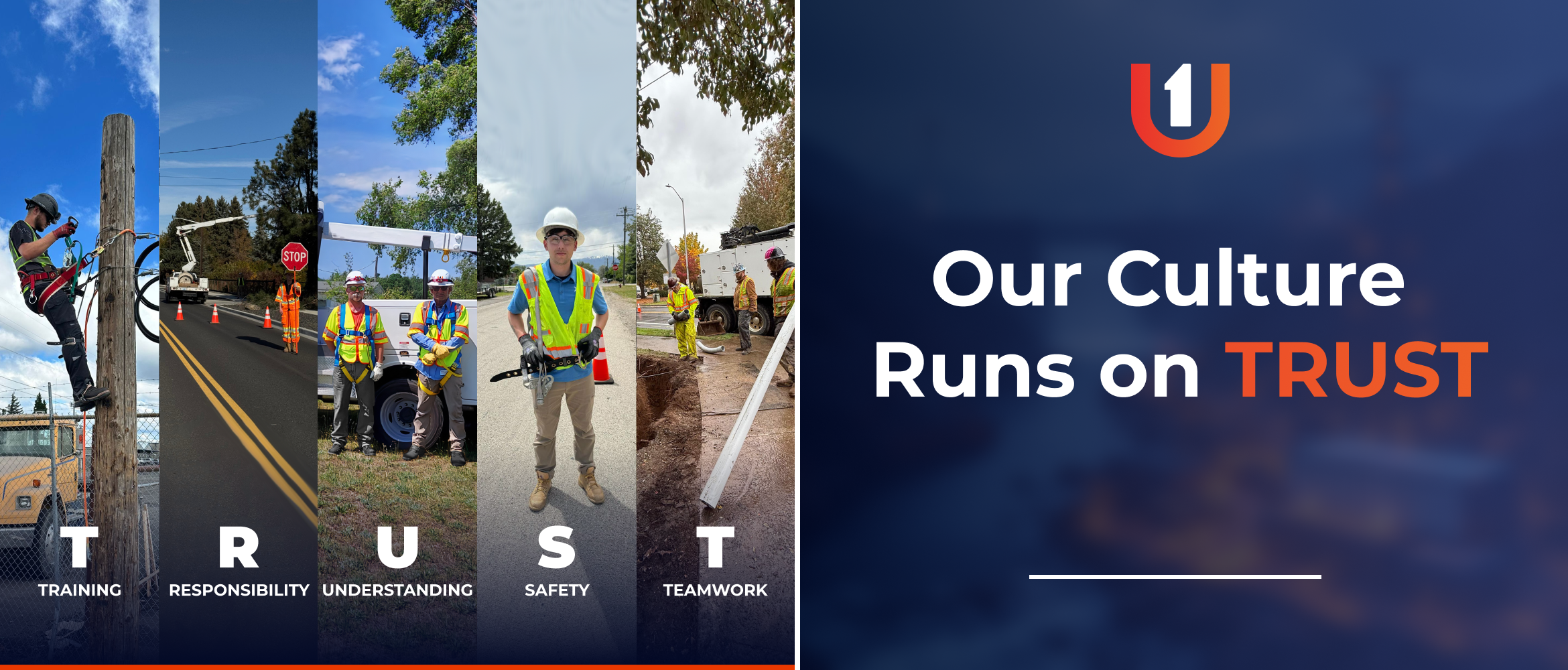News
We don’t expect success, we work for it. Become a part of an amazing team!
The Backbone of Modern Connectivity
In today's digital age, broadband internet is not just a luxury but a necessity. From remote work and online education to telehealth and entertainment, reliable internet access underpins our daily lives. Utilities One is committed to advancing broadband infrastructure, ensuring everyone can benefit from the digital revolution.
Understanding Broadband Networks
Broadband networks comprise several key components:
-
Backbone: The main arteries of the internet, consisting of high-capacity fiber optic cables that span the globe.
-
Middle Mile: These connections bridge the gap between the backbone and local networks, enabling data to travel closer to its final destination.
-
Last Mile: The final leg of the journey, connecting homes and businesses to the internet. This is often the most challenging and expensive part to develop, especially in rural areas.
Types of Broadband Connections
-
Wireline
-
DSL (Digital Subscriber Line): Utilizes existing telephone lines, offering moderate speeds.
-
Cable: Uses coaxial cables, providing higher speeds but shared bandwidth can reduce performance during peak times.
-
Fiber Optics: Delivers the fastest speeds and highest reliability, with a growing presence in urban and suburban areas.
-
Wireless
-
Fixed Wireless: Provides internet via radio signals, a viable option for rural areas.
-
Satellite: Offers broad coverage but can be affected by latency and weather conditions.
-
Mobile Networks: Includes 4G and emerging 5G technologies, enabling high-speed internet on the go.
The Importance of Broadband
Broadband access is critical for economic growth, education, healthcare, and social connectivity. According to the Federal Communications Commission (FCC), approximately 14.5 million Americans lack access to high-speed internet. This digital divide is particularly pronounced in rural and low-income areas, hindering opportunities for millions.
Challenges and Solutions
-
Infrastructure Costs: Laying fiber optic cables is expensive, especially in sparsely populated areas.
-
Regulatory Hurdles: Navigating the complex landscape of permits and regulations can delay projects.
-
Affordability: High service costs can be prohibitive for low-income households.
Addressing the Digital Divide
-
Federal Investments: Recent federal initiatives, including the Infrastructure Investment and Jobs Act, allocate billions to broadband expansion, particularly in underserved areas.
-
Public-Private Partnerships: Collaborations between government and private companies are essential to extend broadband infrastructure efficiently.
-
Innovative Technologies: Advancements like low-earth orbit (LEO) satellites and 5G technology hold promise for reaching remote areas with high-speed internet.
Utilities One’s Role in Bridging the Gap
Utilities One is at the forefront of efforts to close the digital divide. By investing in cutting-edge technologies and forming strategic partnerships, we are working to extend high-speed internet to every corner of the nation. Our commitment to innovation and excellence ensures that communities, regardless of their location, can enjoy the benefits of reliable broadband.
Conclusion
As broadband becomes increasingly vital to our daily lives, ensuring universal access is more important than ever. Utilities One is dedicated to leading this charge, providing the infrastructure necessary to connect all Americans to the digital world. Through our efforts, we aim to create a more inclusive and connected society, where everyone has the opportunity to thrive in the digital age.
Key Takeaways
-
Components: Broadband networks include backbone, middle mile, and last mile connections, each playing a crucial role in data transmission.
-
Types: Includes DSL, cable, fiber optics, fixed wireless, satellite, and mobile networks like 4G and 5G.
-
Importance: Essential for economic growth, education, healthcare, and social connectivity, yet 14.5 million Americans lack access.
-
Challenges: High infrastructure costs, regulatory hurdles, and affordability issues.
-
Solutions: Federal investments, public-private partnerships, and innovative technologies like LEO satellites and 5G.
-
Utilities One's Role: Committed to closing the digital divide through advanced technologies and strategic partnerships.
Share Via:
Related Posts

18 December, 2025
Behind the Scenes: End of Year Work and Welcoming 2026
At Utilities One Group, this time is used to bring people together, recognize the work done throughout the year, and prepare operations for the months ahead. The goal is simple: enter 2026 aligned, ready, and focused on delivering reliable infrastructure.

23 October, 2025
Dust, Heat, and Durability: Engineering Solar Panels for Extreme Climates
As solar energy expands into some of the world’s harshest environments, engineers are developing advanced materials and designs to help panels endure extreme heat, dust, and humidity. Innovations such as thermal-resistant encapsulants, corrosion protection, and passive cooling systems enhance efficiency and durability, supporting reliable and sustainable solar power in challenging conditions.
300 W Somerdale Rd, Suite 5E, Voorhees Township, NJ 08043
COPYRIGHT © 2025 UTILITIES ONE
